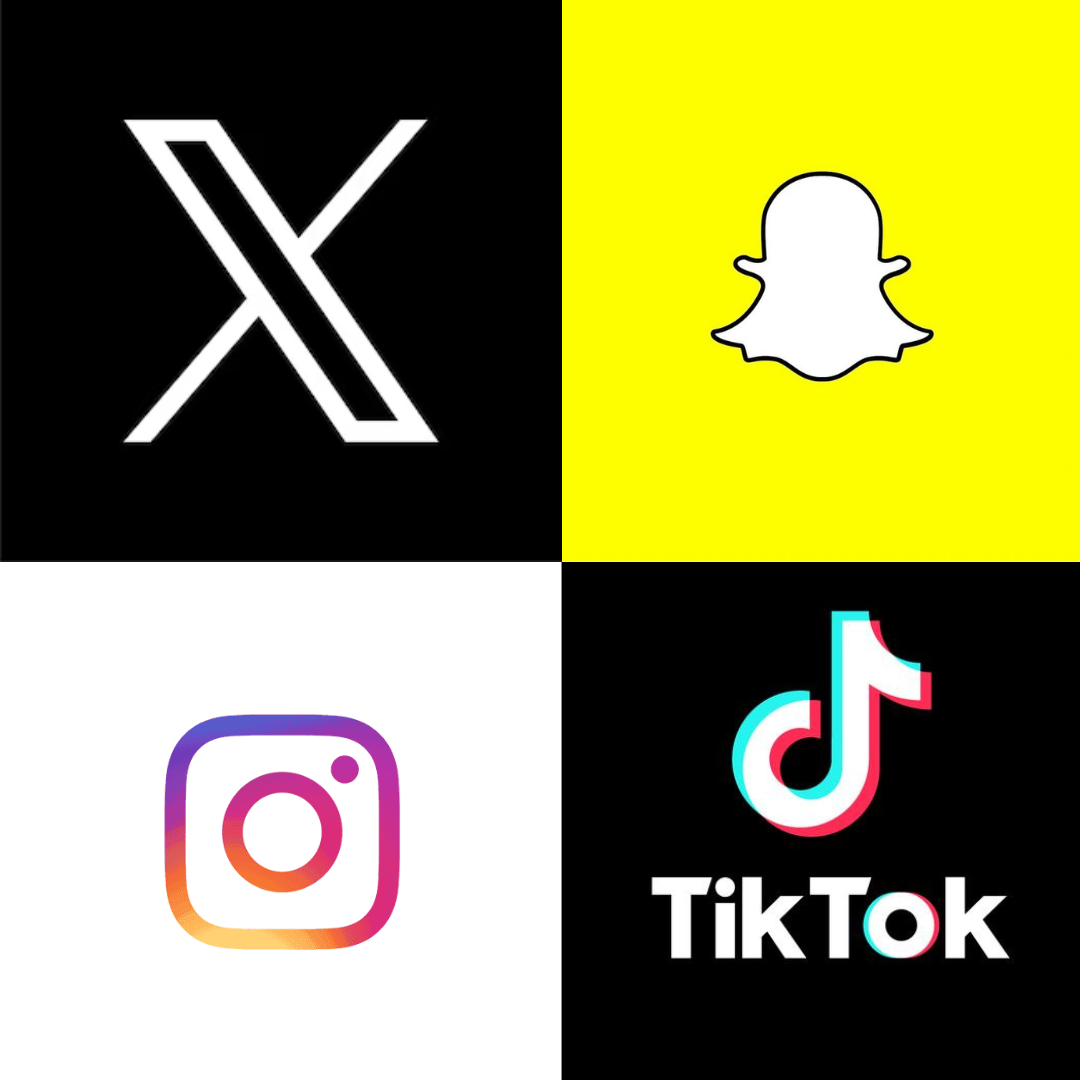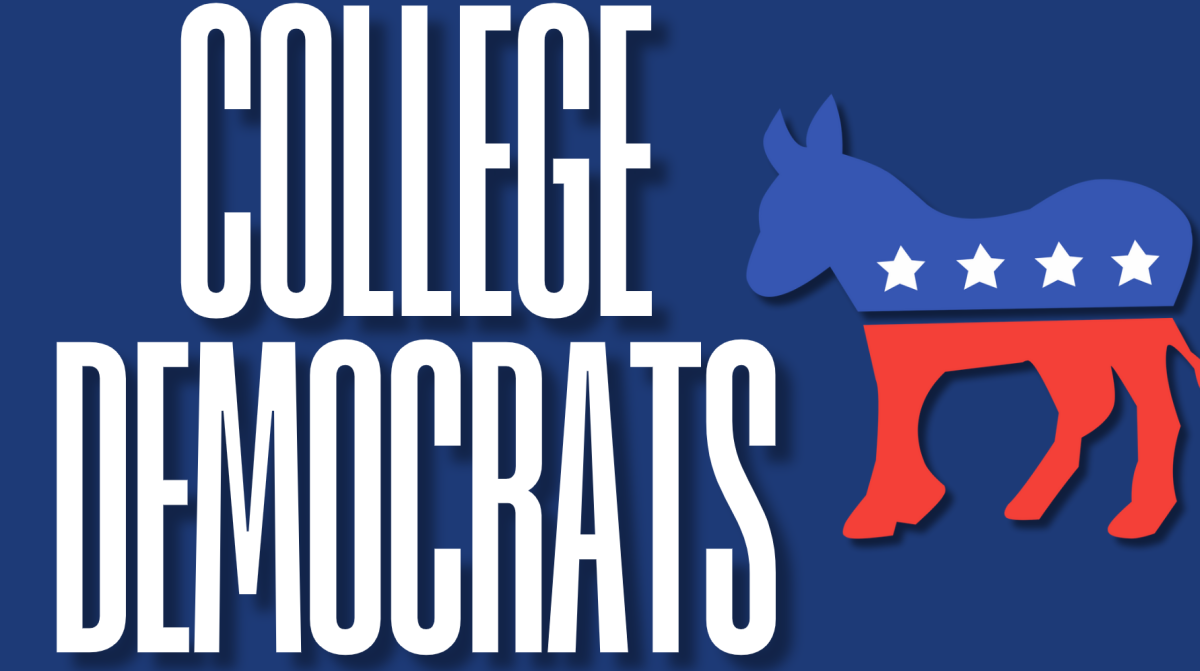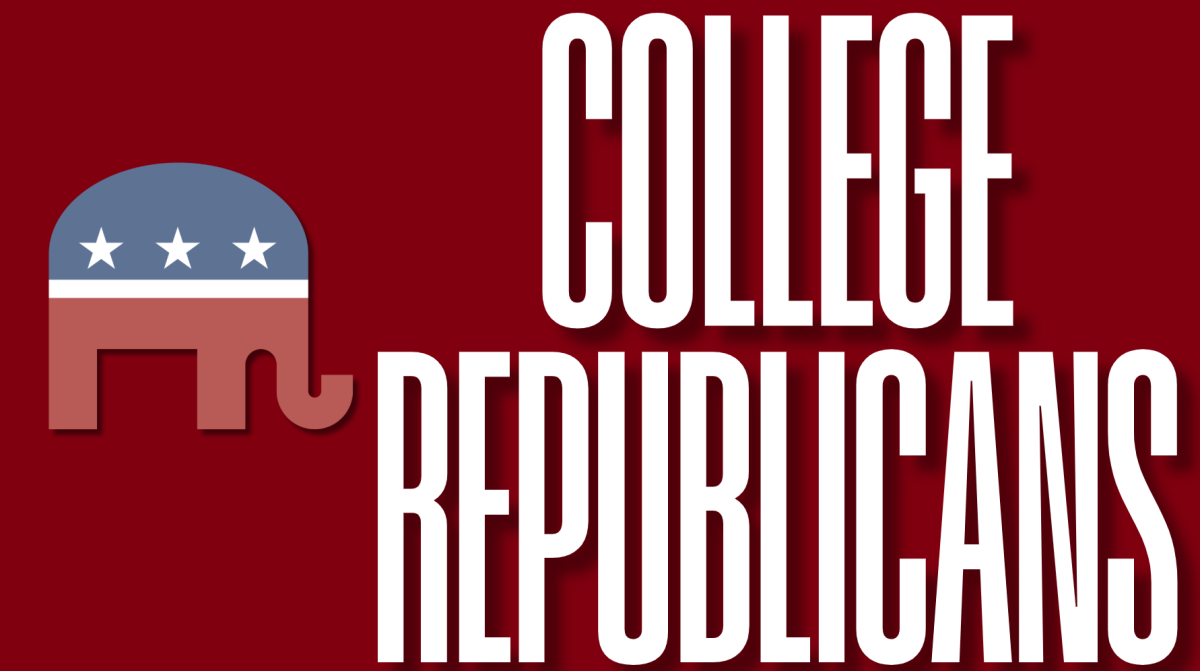Social media’s impact on the global youth mental health crisis that has been unfolding for roughly the past two decades has long been debated, and is only worsening as we recover from COVID-19. The results from the recent research on social media’s effects on teenager’s mental health build a fairly implicating image. Social media companies resort to exploitive techniques that foster teen addictions to social media and subsequently create negative impacts on their mental health. Youth are struggling, and little has been done to safeguard them from the causes negatively impacting their mental health, which is why it is paramount that social media companies begin to be held accountable for their role in the youth mental health crisis.
Social media companies are not entirely to blame for the youth mental health crisis as it is an issue that is ripe with nuance and complex factors that stem from many of our current cultural and societal issues. However, it cannot be ignored that along with the rapid rise of social media in the past two decades, there has also been a rise in youth mental health issues, which begins to hint at social media’s potentially devastating effects. As of 2021, the U.S. Centers for Disease Control and Prevention has found that 42.3% of high school students in the United States have felt sad or hopeless every day for two or more weeks in a row, and they have stopped doing some of their usual activities. There is no debate that the United States and the world are undergoing a youth mental health crisis, but the role of social media in perpetuating this crisis must be investigated further.
Pew Research Center has found that most teenagers use apps like YouTube, Instagram, TikTok and Snapchat daily, with about 54% claiming that it would be difficult for them to give up social media. There is clearly an addictive element to social media that is further highlighted by how, in 2021, eighth- to 10th-graders spent an average of 3.5 hours daily on social media. Teenagers are hooked on social media, and it is because of discrete choices made by social media companies in how they go about the design of their platforms.
Across all platforms, there are similarities in their features. Surgeon General Vivek Murthy notes this in his advisory about social media, that involve “push notifications, autoplay and infinite scroll features, and algorithms that use the user’s data to tailor [their] content recommendations.” These were features implemented by social media companies to psychologically manipulate the brain to remain on their platform longer so more data could be gathered and more advertising could be pushed. Perhaps even more dangerous is that social media has been designed to mimic many of the same brain mechanisms that occur during drug use, with social media exposure creating “excessive stimulation to the brain’s reward centers” and triggering pathways comparable to addiction. Many teenagers are undergoing vulnerable moments in their brain development, and the intentional design of social media preys on this, creating addictions and keeping users perpetually engaged, fostering harmful habits.
The addiction to social media itself is only one facet of the damage that social media has incurred on the youth’s mental health; the subsequent danger to teen addiction to social media is the constant exposure to the harmful content presented. An EdWeek Research Center survey found that factors that had a negative impact on teens’ mental health were concerns about physical appearance, anxiety over current events and online bullying, all concerns exacerbated by social media. This content was not something that teenagers have historically had access to. Whether it is the increased burden of fitting into beauty standards or dealing with the constant stream of news about disasters, climate change and international strife, teenagers are being weighed down and stressed.
Social media companies are aware of the impacts the features they implement and the content they push have on the youth’s mental health, yet they continually ignore it. Frances Haugen, a Facebook whistleblower, brought this blatant disregard of social media companies to light when she leaked “tens of thousands of pages of internal research and documents indicating the company was aware of various problems caused by its apps, including Instagram’s potential ‘toxic’ effect on teen girls.” If social media companies are unable to govern themselves, then they must be governed and held accountable by the government to prevent the further decline of youth mental health.
The social media companies must be held accountable for their part in the youth mental health crisis, and that begins with standardized regulation imposed by Congress that sets limits on these companies’ features and algorithms. Extensive investigation should begin into how social media companies target the youth, and this should become a springboard for legislation on protecting the youth from the adverse effects of social media. However, while social media is slowly revealing itself as one of the causes of the youth mental health crisis, it is not the sole factor, and the issue of youth mental health must be addressed with the nuance it deserves and improved by tackling multiple different fronts that are negatively impacting teens’ mental health.
Luca Amaturo, FCRH ’26, is a communications & media studies major from Marlboro, N.J.














































































































































































































